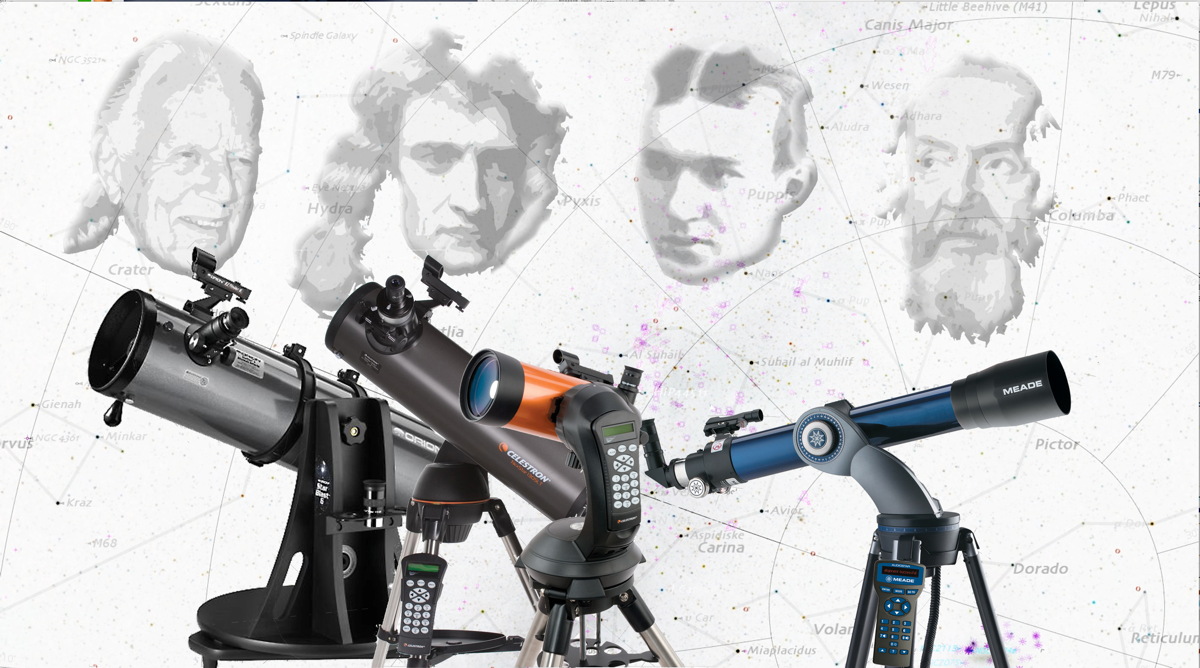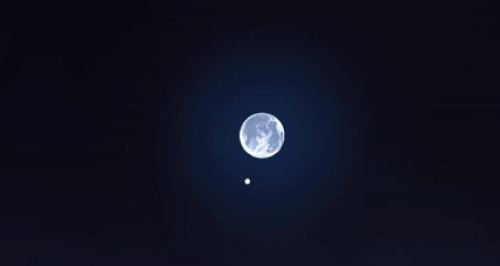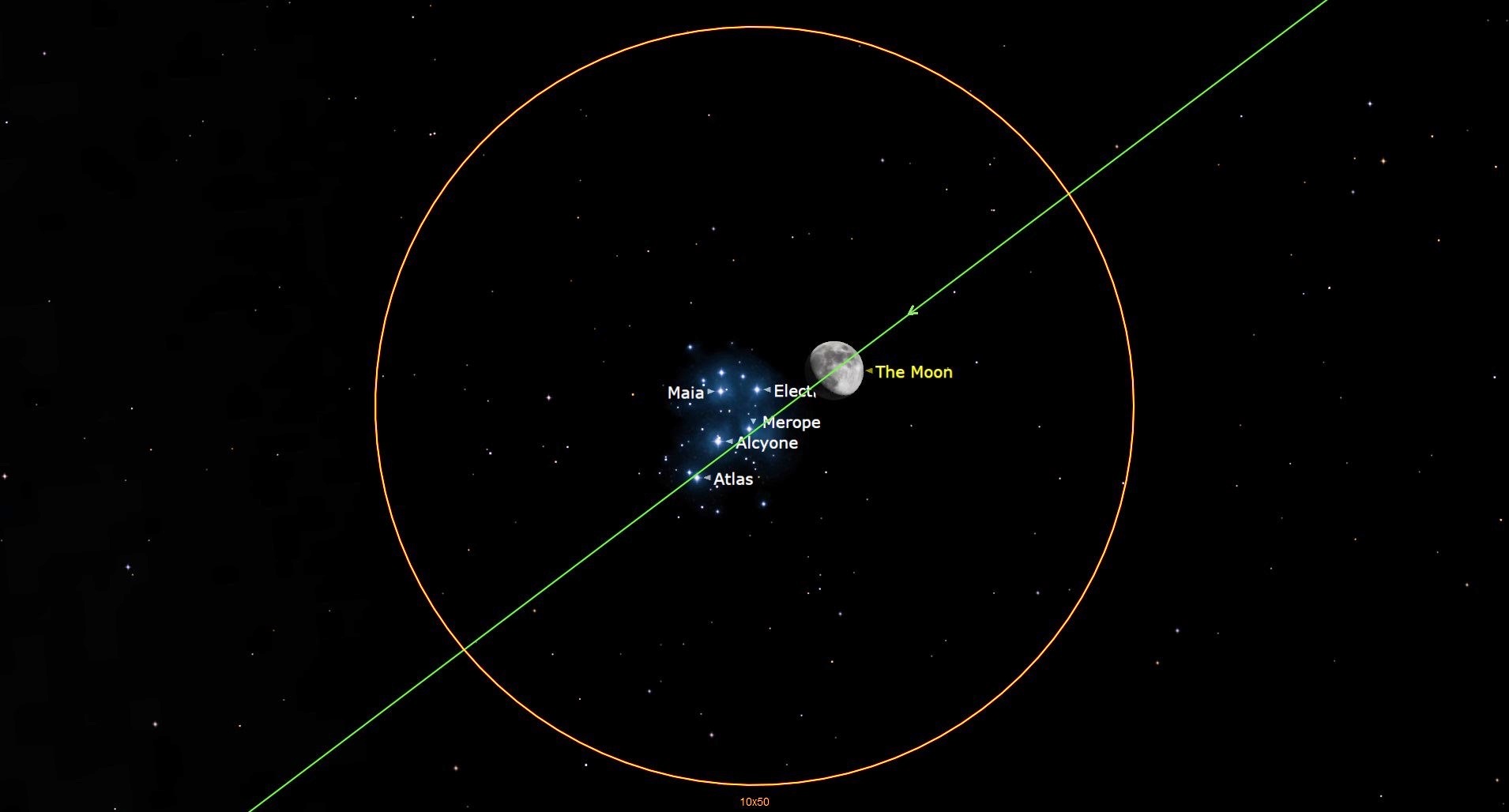
Joe Rao
Joe Rao is Space.com's skywatching columnist, as well as a veteran meteorologist and eclipse chaser who also serves as an instructor and guest lecturer at New York's Hayden Planetarium. He writes about astronomy for Natural History magazine, Sky & Telescope and other publications. Joe is an 8-time Emmy-nominated meteorologist who served the Putnam Valley region of New York for over 21 years. You can find him on Twitter and YouTube tracking lunar and solar eclipses, meteor showers and more. To find out Joe's latest project, visit him on Twitter.
Latest articles by Joe Rao
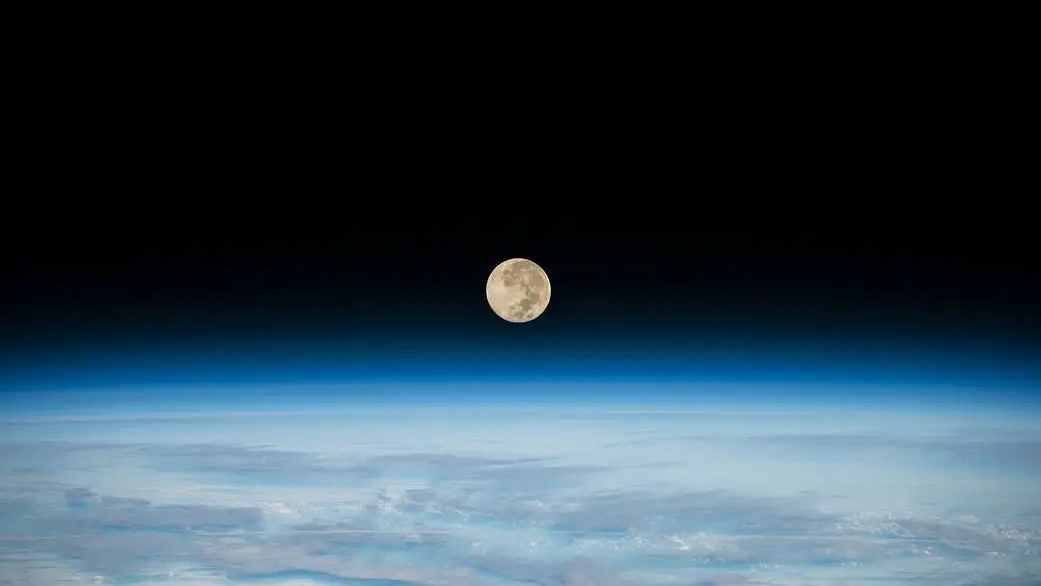
Easter is coming late in 2025, astronomically speaking. Here's why
By Joe Rao published
Easter falls on the Sunday that follows the first full moon occurring on or after the day of the spring equinox. So it seems like Easter should be this weekend. Here's why it isn't.
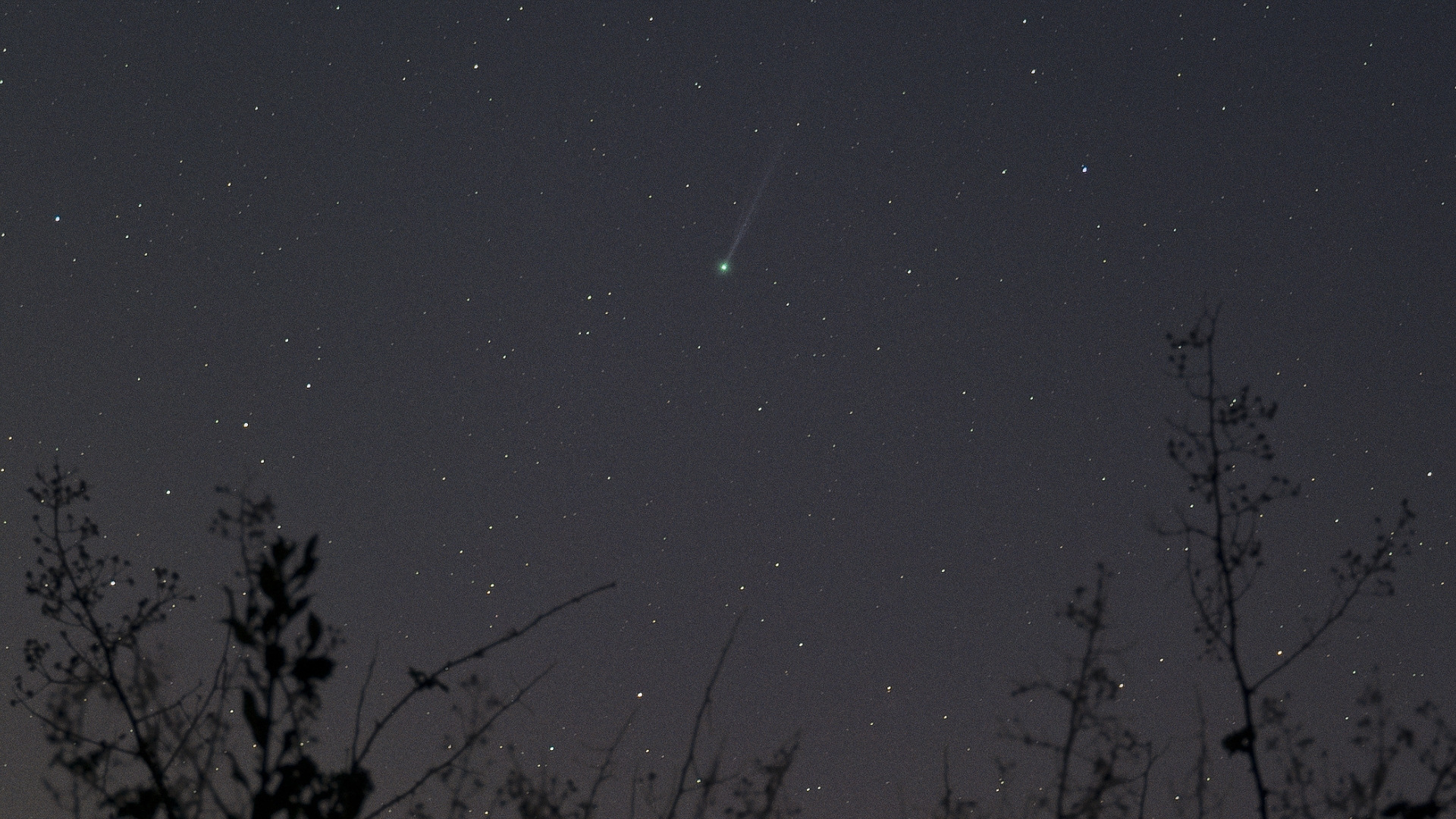
What to expect from the newfound Comet Swan: An observer's guide
By Joe Rao published
Here's an observers' guide to the newly discovered Comet 2025 F2 (SWAN), which is visible in northern skies right now.
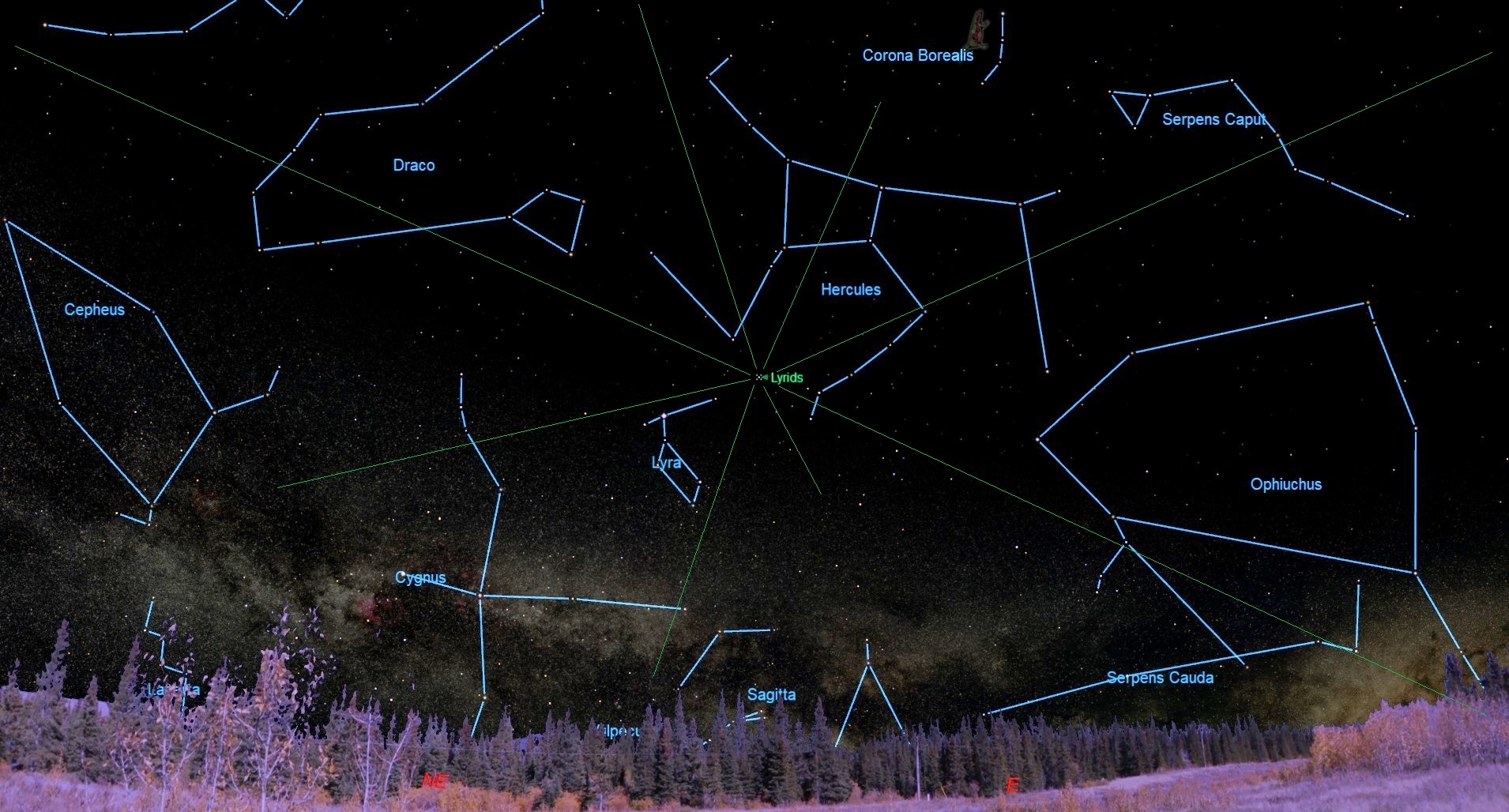
Lyrid meteor shower 2025 peaks this month: Could we be in for a surprise outburst this year?
By Joe Rao published
The Lyrid meteor shower, one of the oldest known of the annual showers, peaks this year with only some small interference from a waning crescent moon.
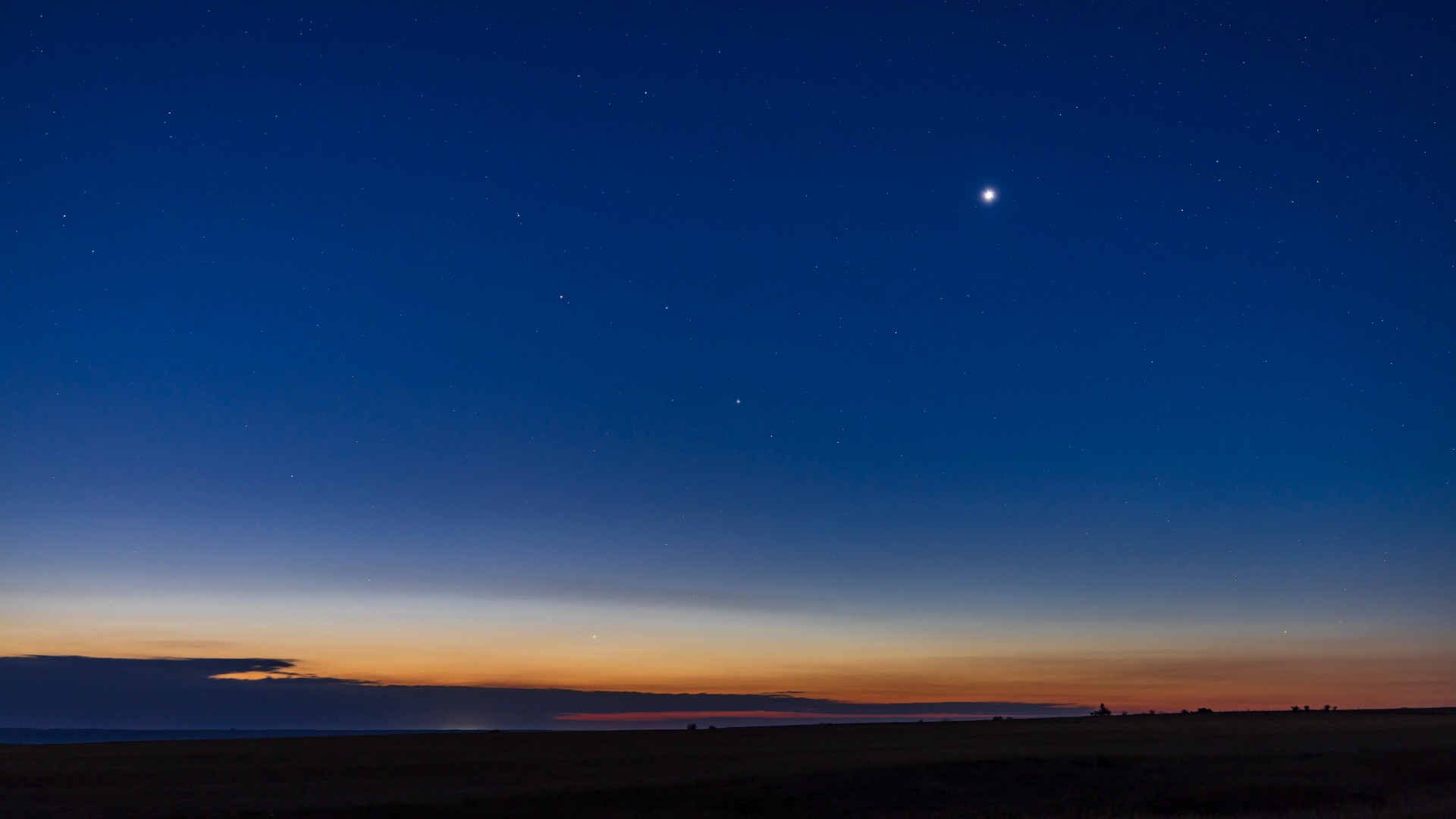
How to see Venus light the sky as the bright 'morning star' through fall 2025
By Joe Rao published
After putting on a great show in our evening sky since the fall of 2024, dazzling Venus puts on a spectacular showing for early morning risers for the balance of 2025.
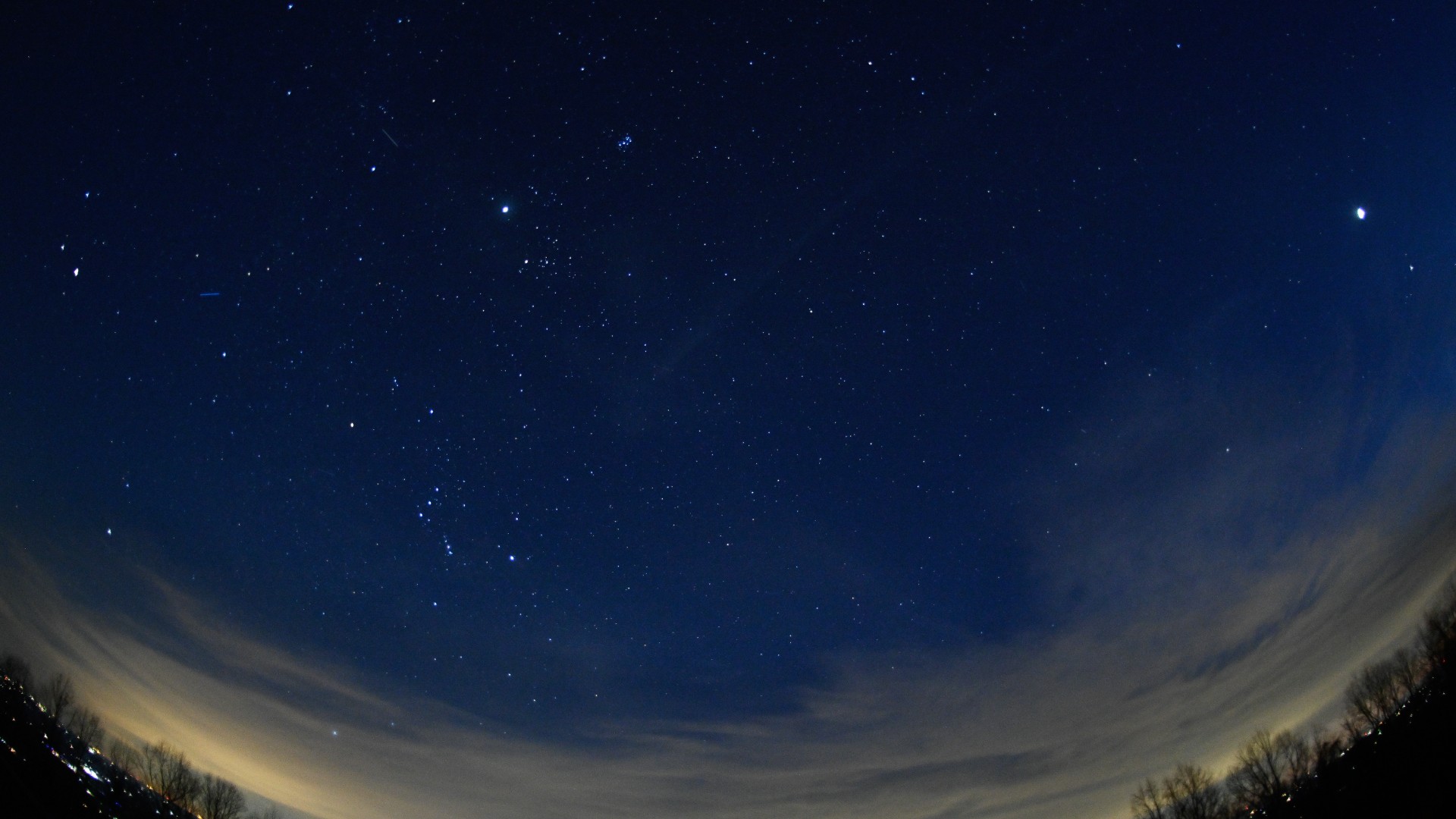
The brightest planets in April's night sky: How to see them (and when)
By Joe Rao last updated
Reference Where are the bright naked-eye planets in April 2025 and when are the best times to view them?
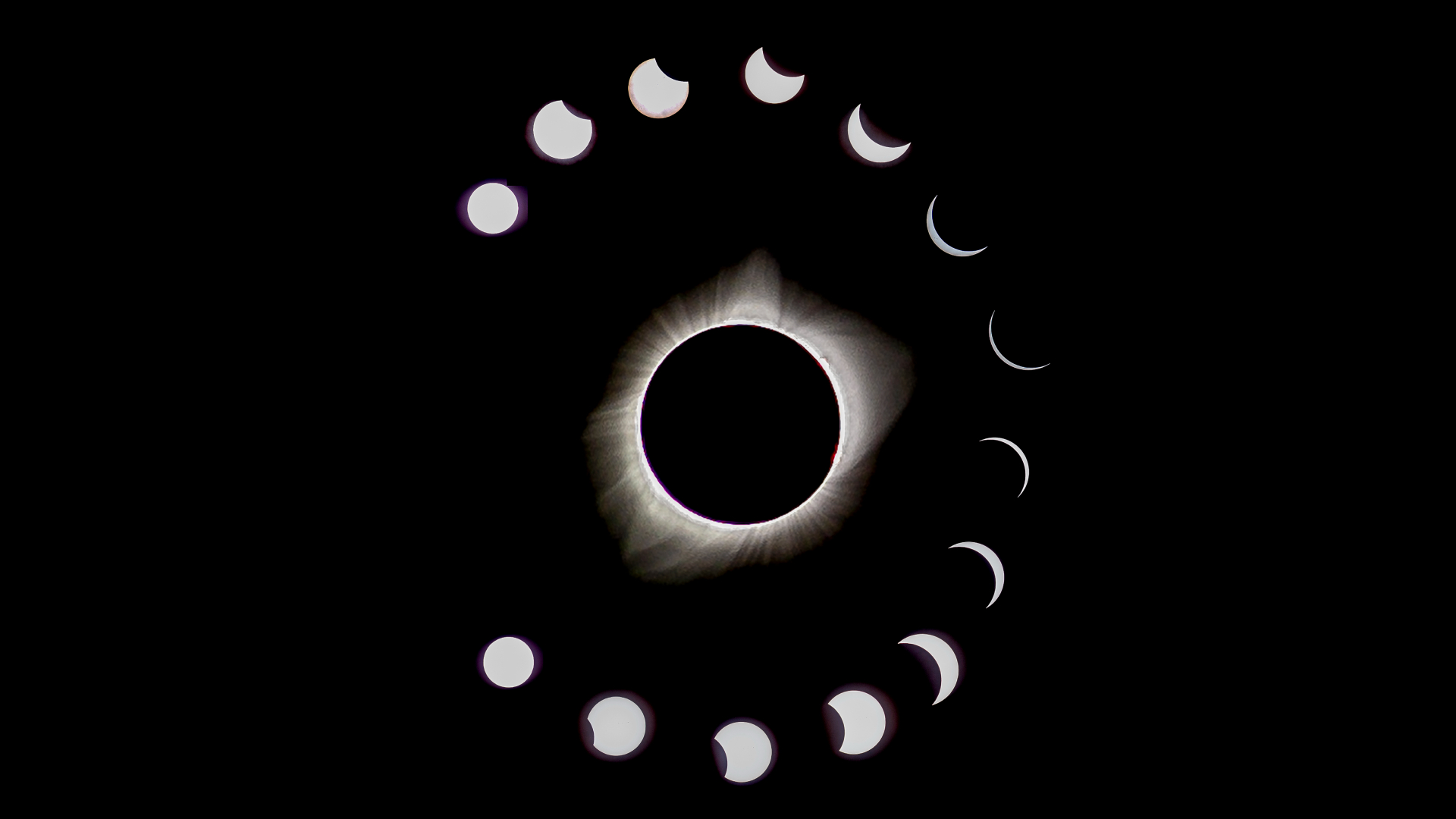
What is a solar eclipse?
By Daisy Dobrijevic last updated
Reference A solar eclipse occurs when the moon positions itself between Earth and the sun, casting a shadow over Earth. We explore the type of solar eclipses here.
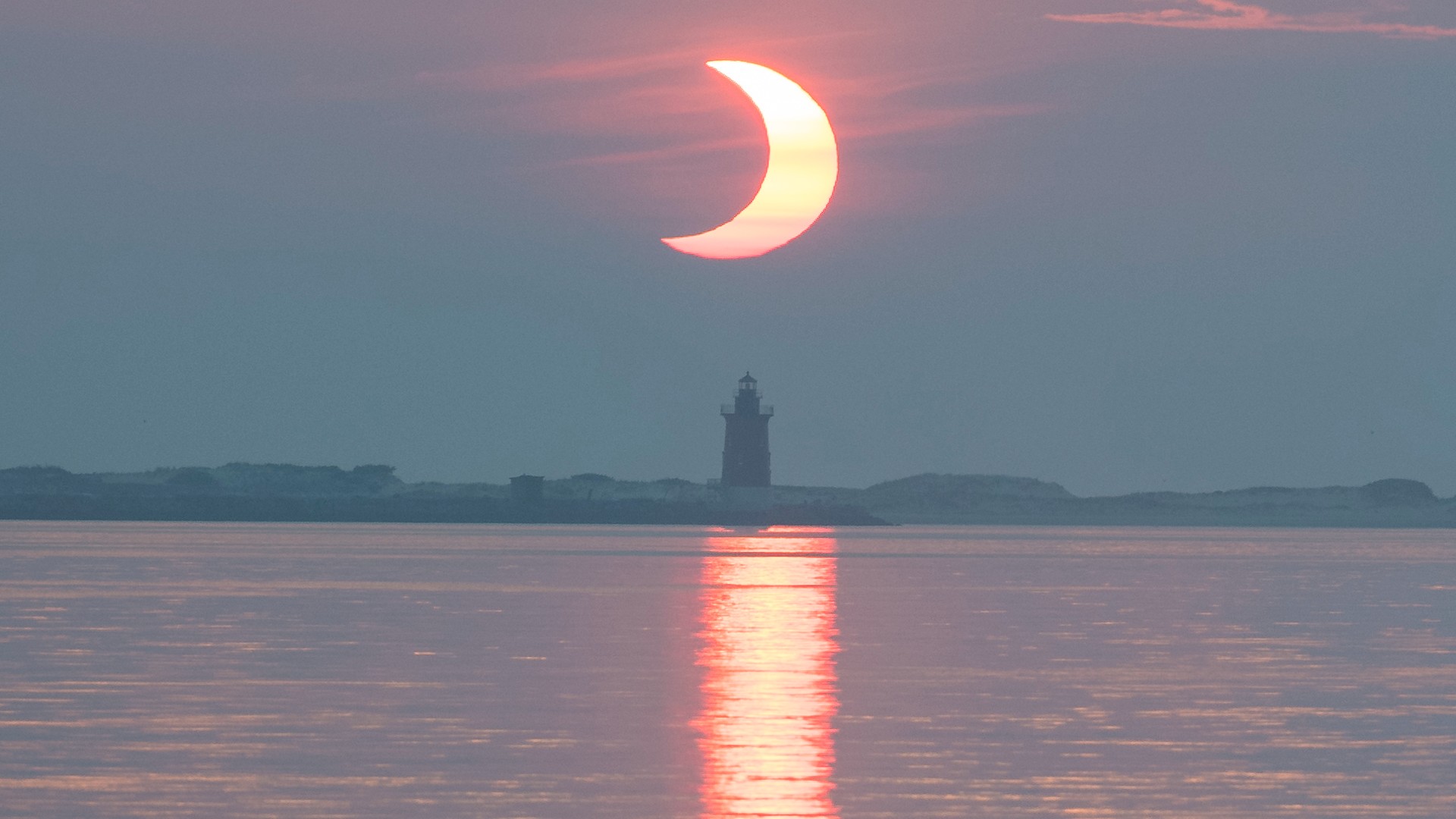
Solar eclipse US weather forecast: Best places to see the moon 'bite' the sun tomorrow
By Joe Rao published
A partial solar eclipse is coming this weekend, but weather could be an issue for many hoping to get a glimpse of the moon "taking a bite" out of the sun.
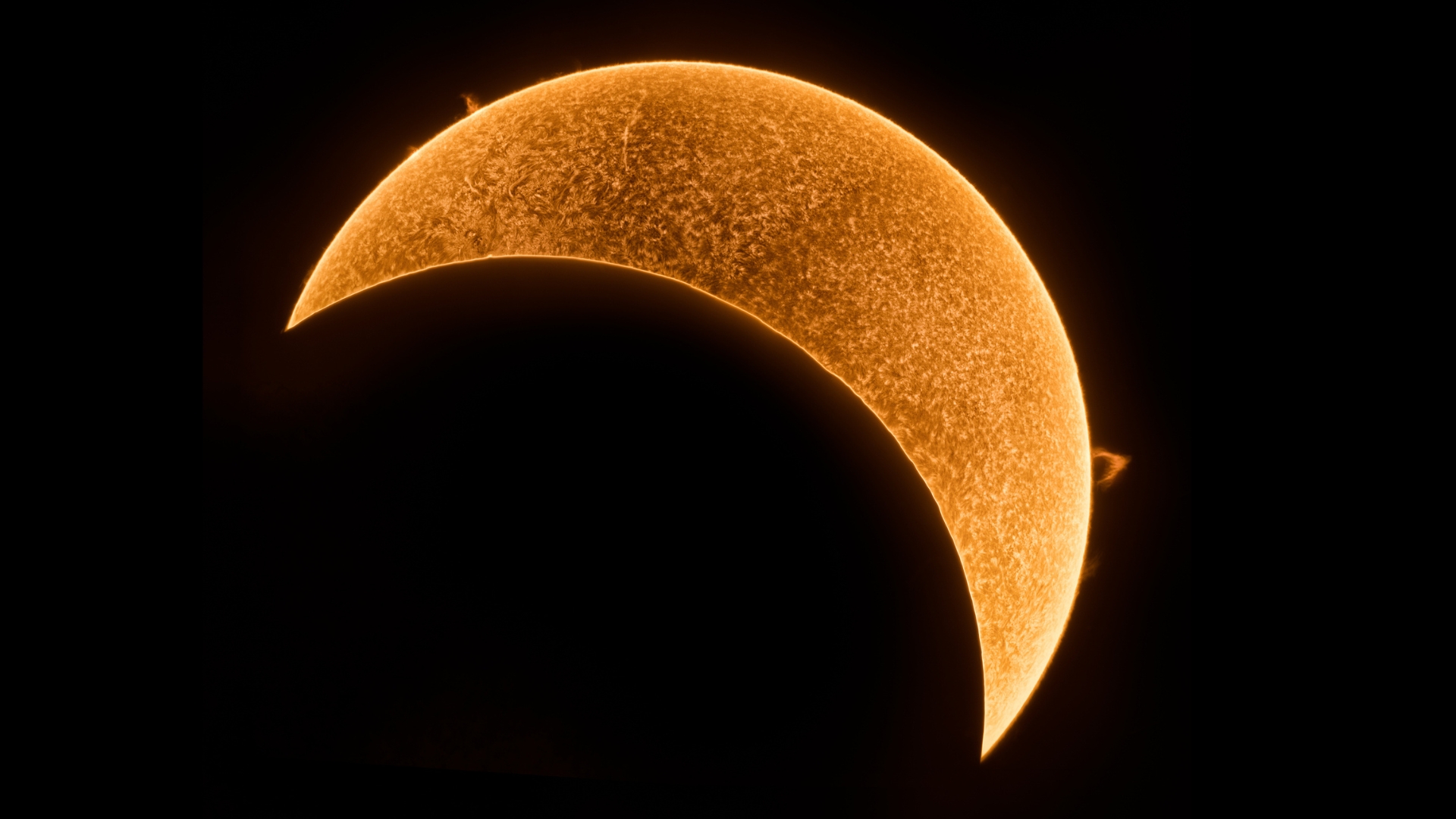
What will happen during the partial solar eclipse tomorrow?
By Joe Rao last updated
Observers across eastern North America and much of Europe will have front-row seats to the striking partial solar eclipse on March 29. Here's what to expect.
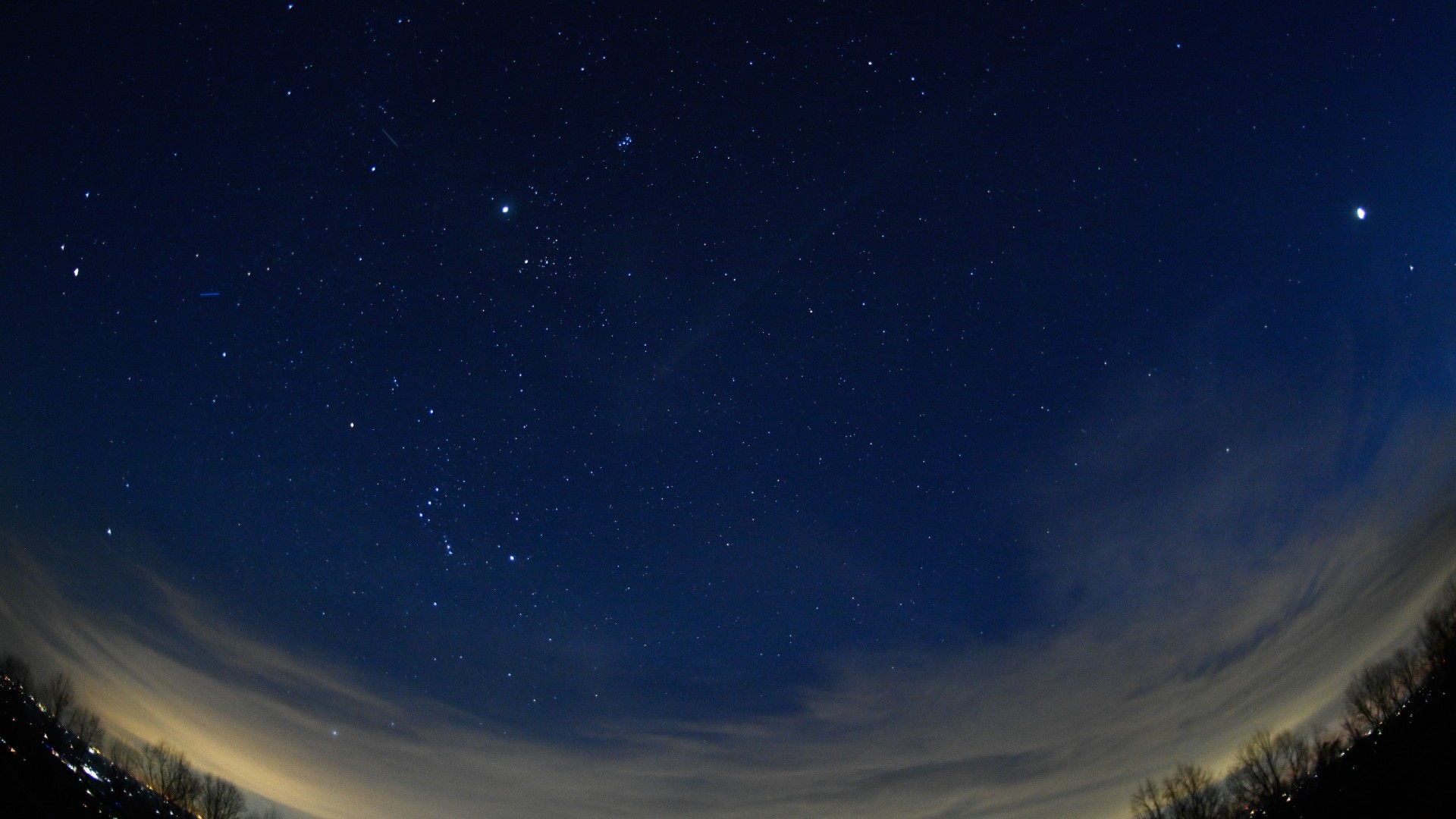
When's the next 'parade of planets'? The past, present and future of planetary alignments
By Joe Rao published
Just how rare are planetary alignments?
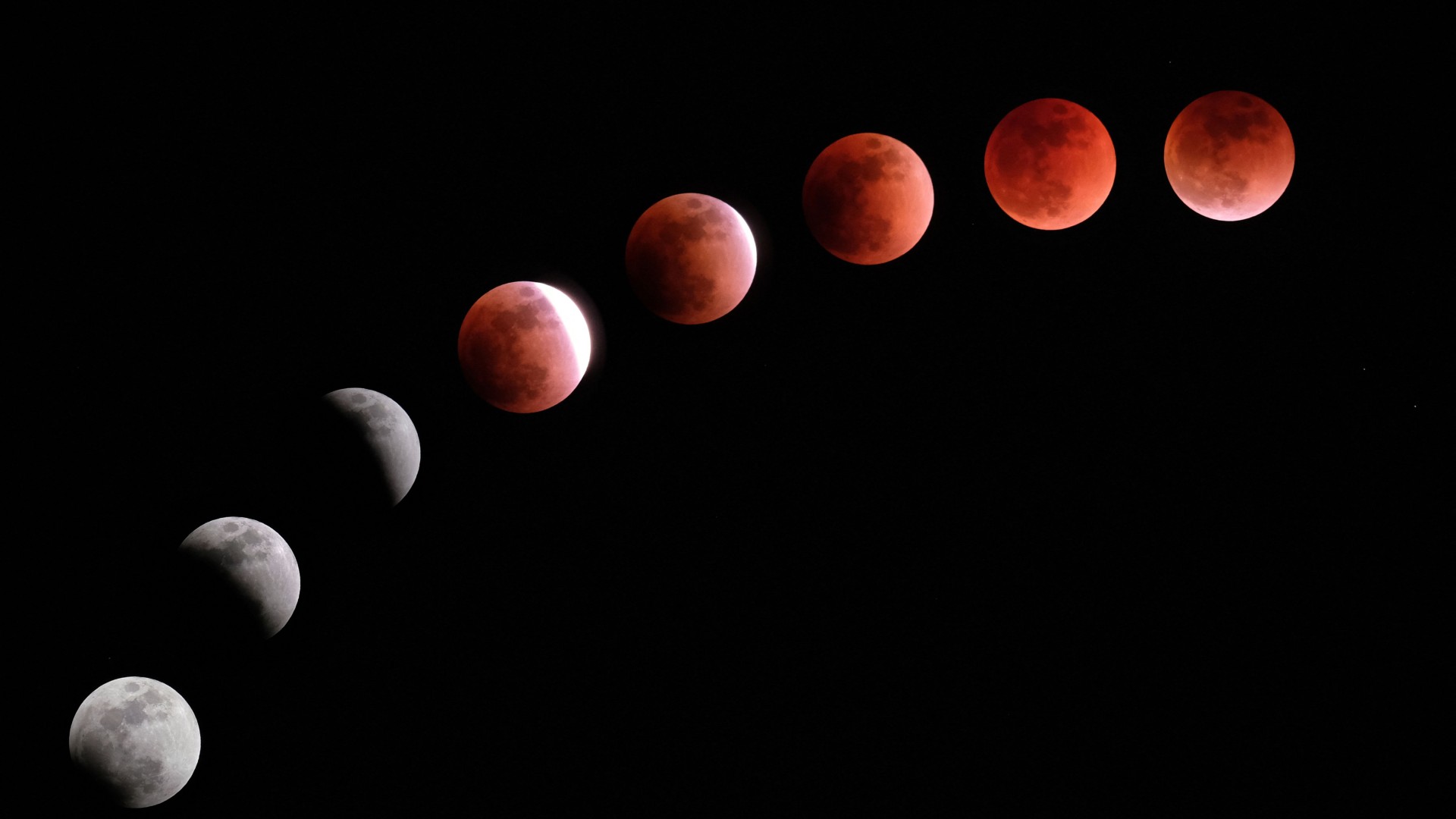
'Blood Worm Moon' US weather forecast: Best places to see tonight's total lunar eclipse
By Joe Rao published
Here are the weather conditions that can be expected during the the total "Blood Moon" lunar eclipse thought the United States on March 13, 2025.
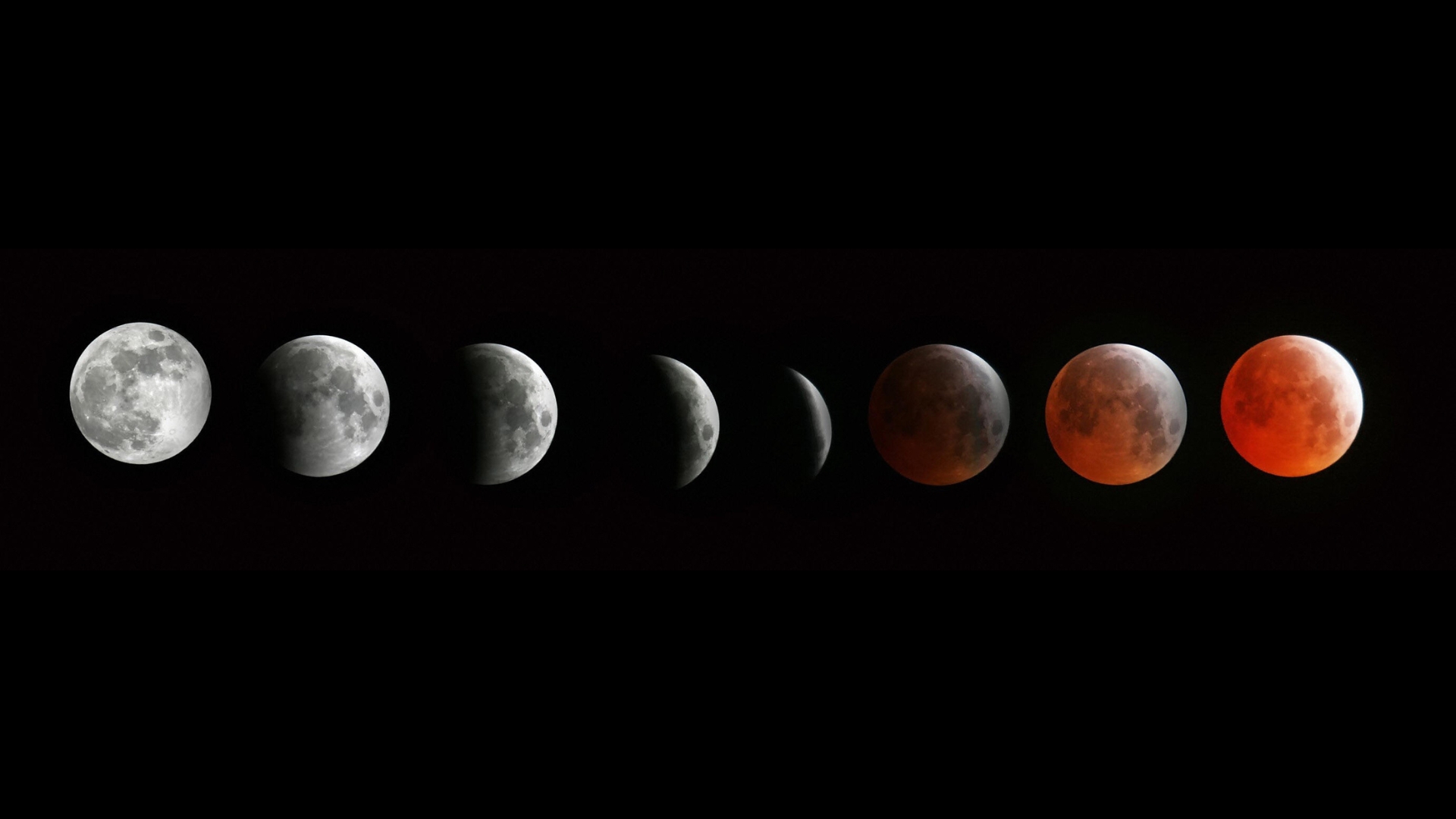
What will happen during the total lunar eclipse of March 2025?
By Joe Rao published
Observers across most of the United States will have front-row seats to the spectacular total lunar eclipse overnight on March 13-14. Here's what to expect.
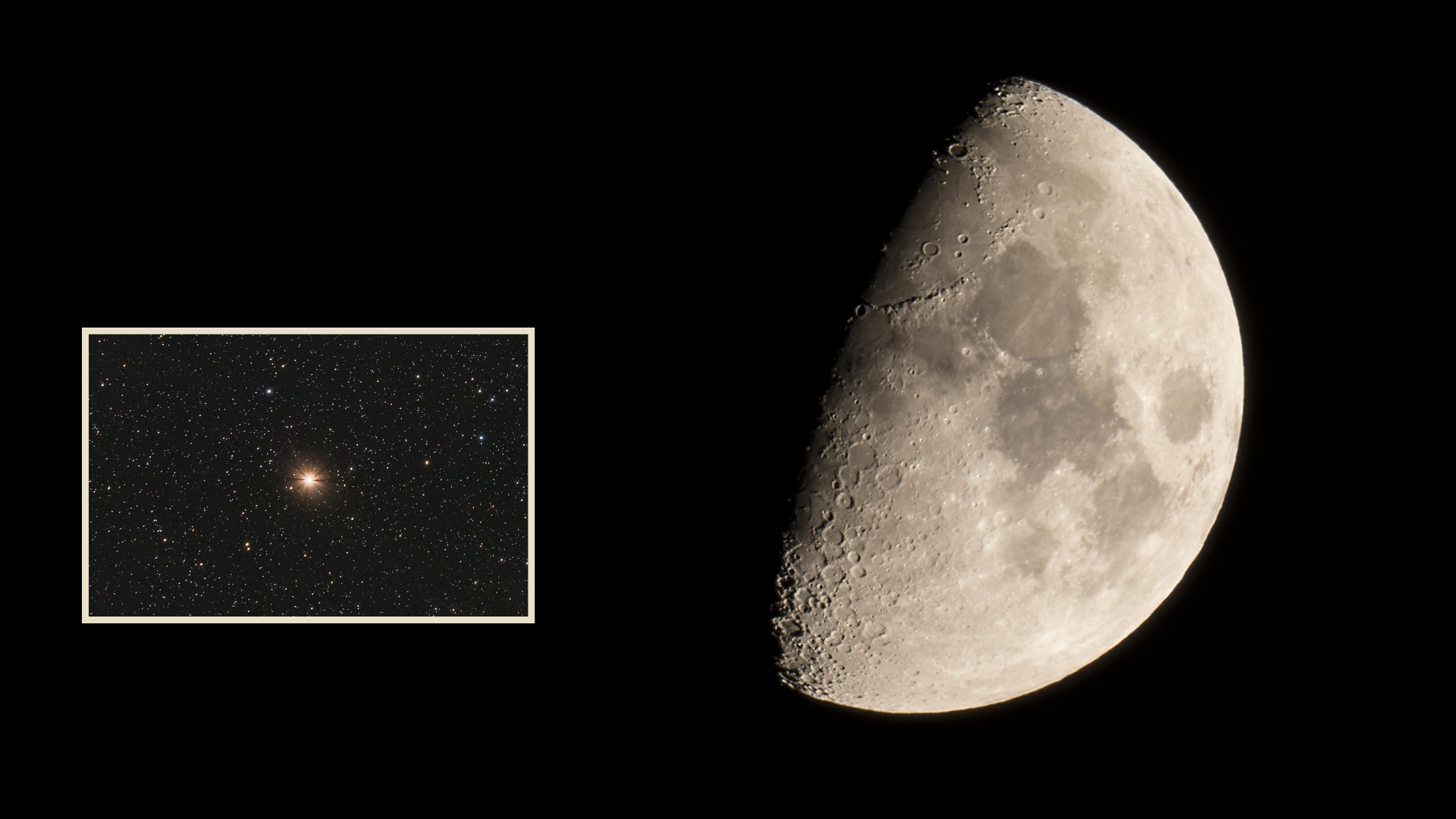
See the moon cozy up to a fading Mars tonight (March 8)
By Joe Rao last updated
The pair will be closest to each other at around 8 p.m. ET.
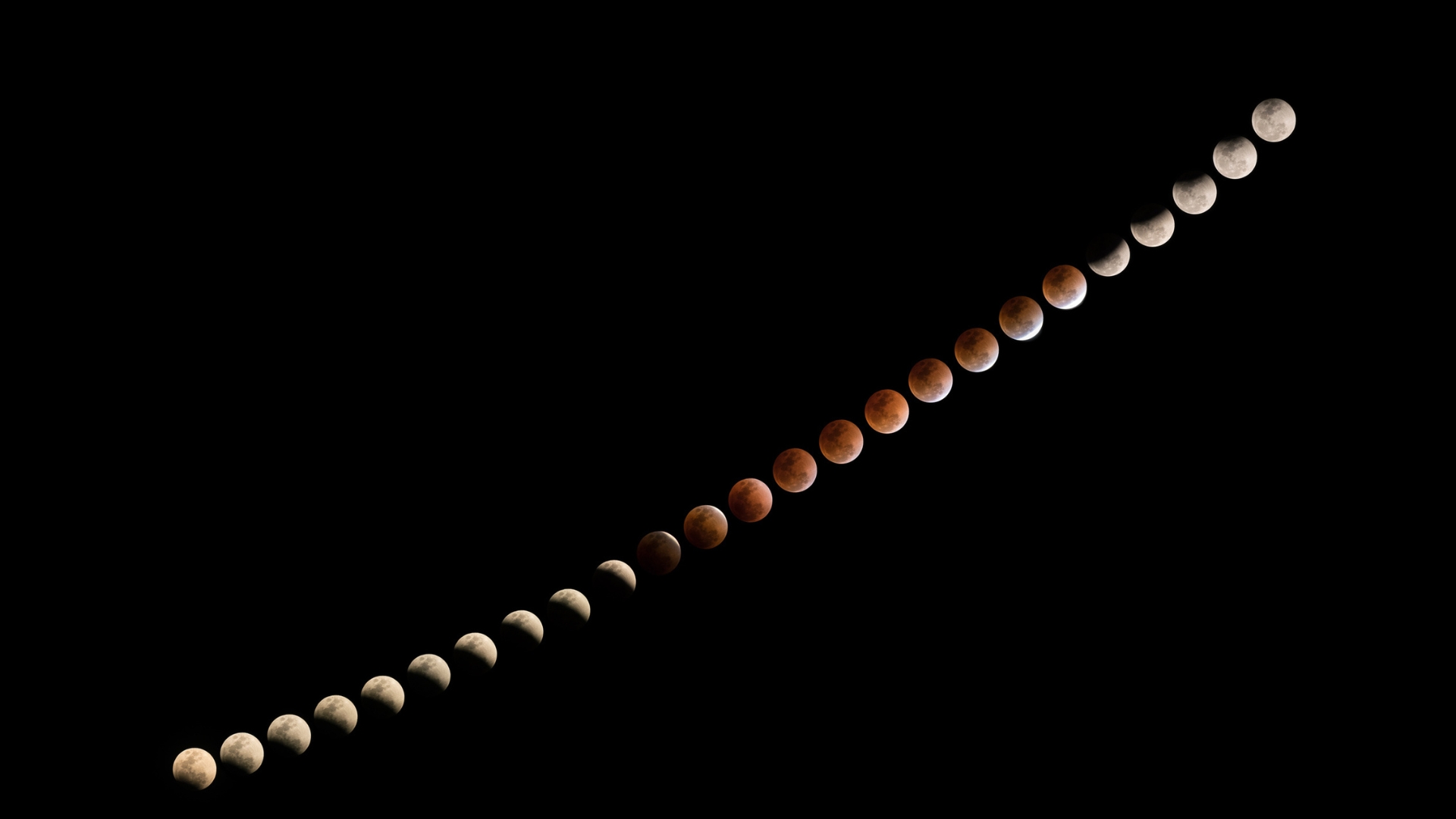
7 fascinating facts about lunar eclipses
By Joe Rao published
From fiery 'blood moons' to ancient legends, discover the surprising science and history behind lunar eclipses.
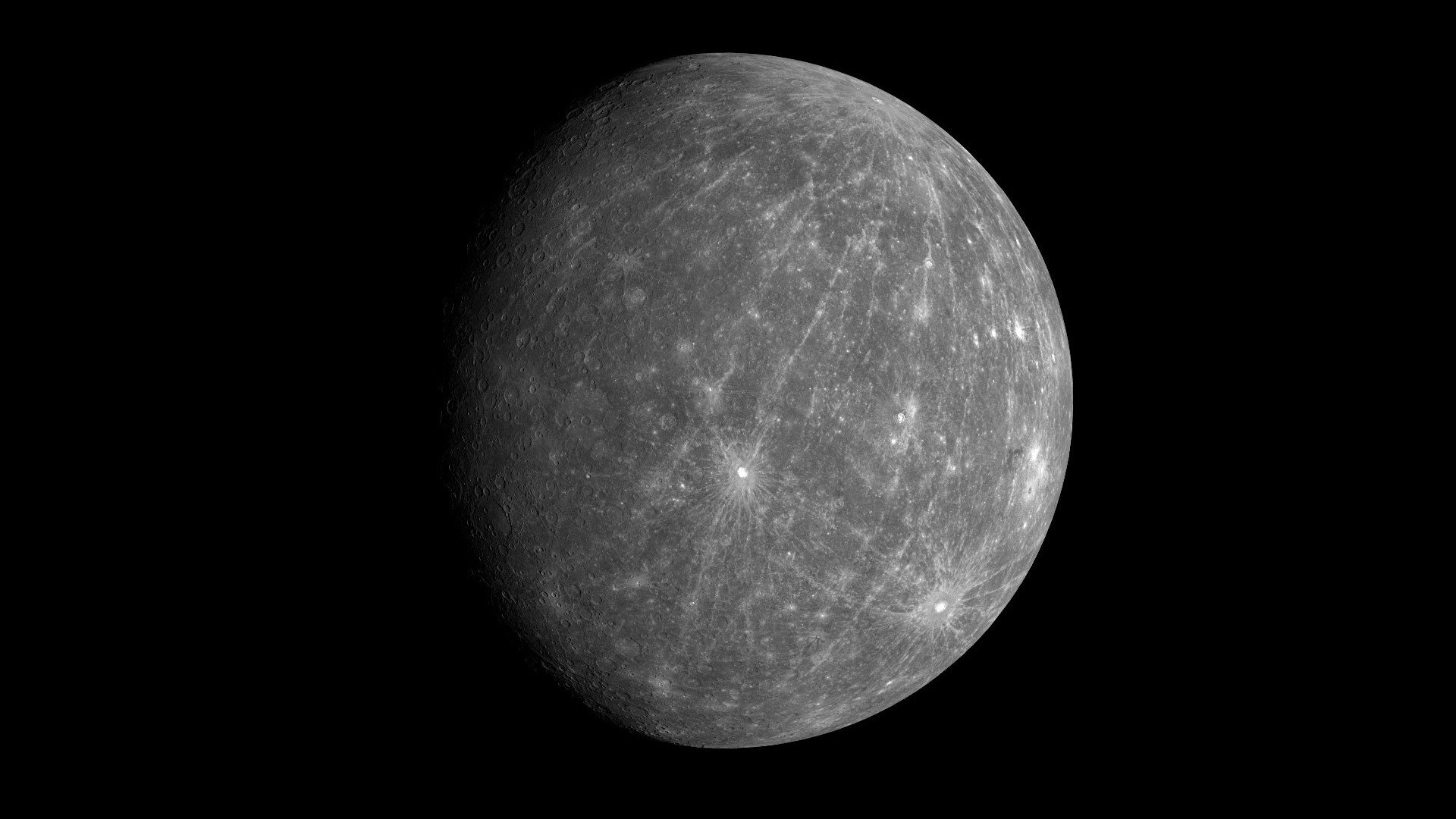
See Mercury at its best in the night sky over the next 2 weeks
By Joe Rao published
In March 2025 we have a fine opportunity to view the planet that many astronomy guide books refer to as the most difficult of the naked-eye planets to see: Mercury.

The Winter Triangle meets the 'Mars Triangle' in the night sky this month
By Joe Rao published
For the next few weeks, the planet Mars will form an isosceles triangle with the two bright stars marking the heads of the Gemini Twins, Pollux and Castor.
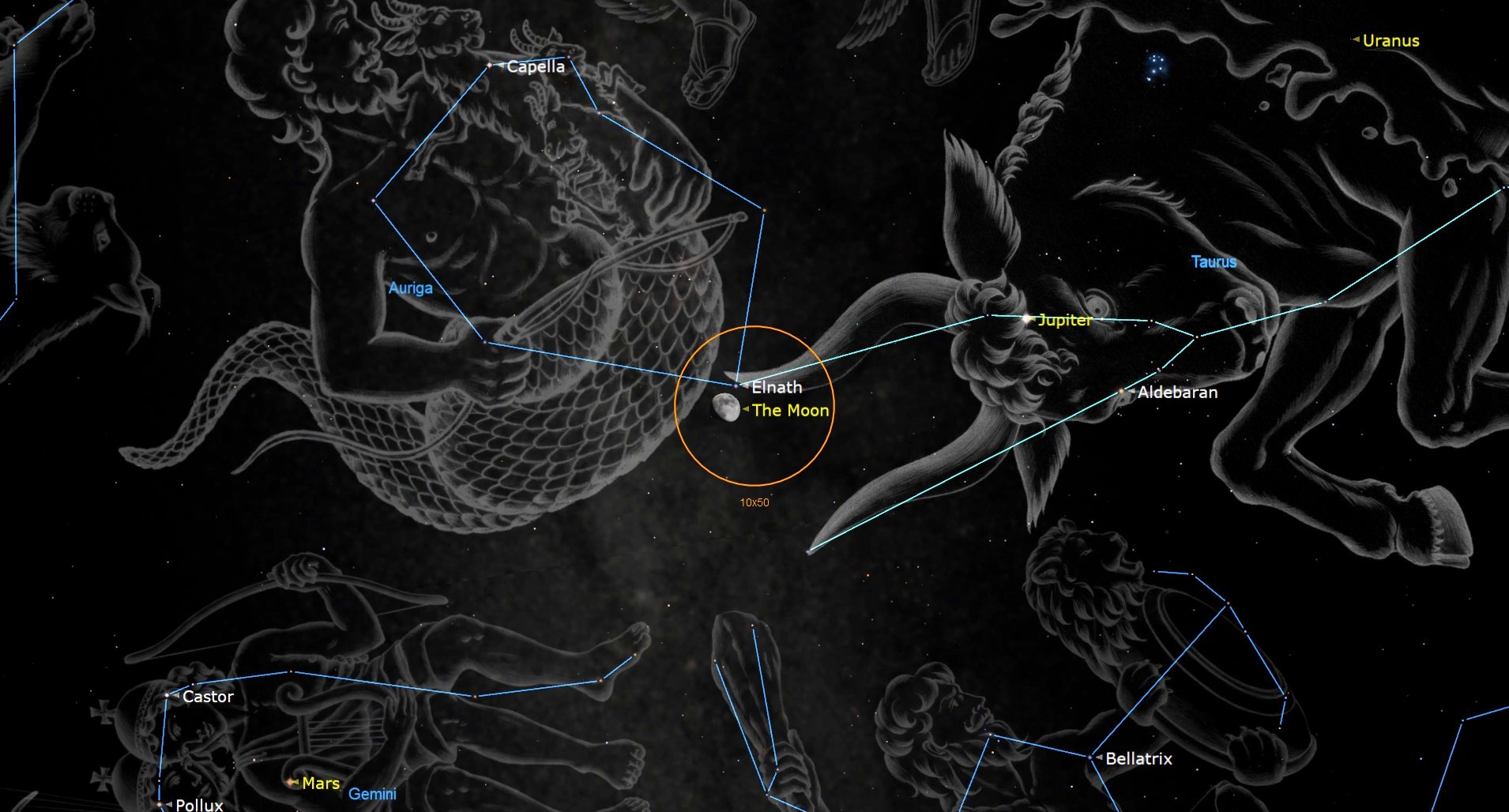
The moon will be unusually high in the sky tonight. Here's why
By Joe Rao last updated
Even to a casual viewer, the waxing gibbous moon of Feb. 7 will appear quite unusual, climbing so very high in the sky.
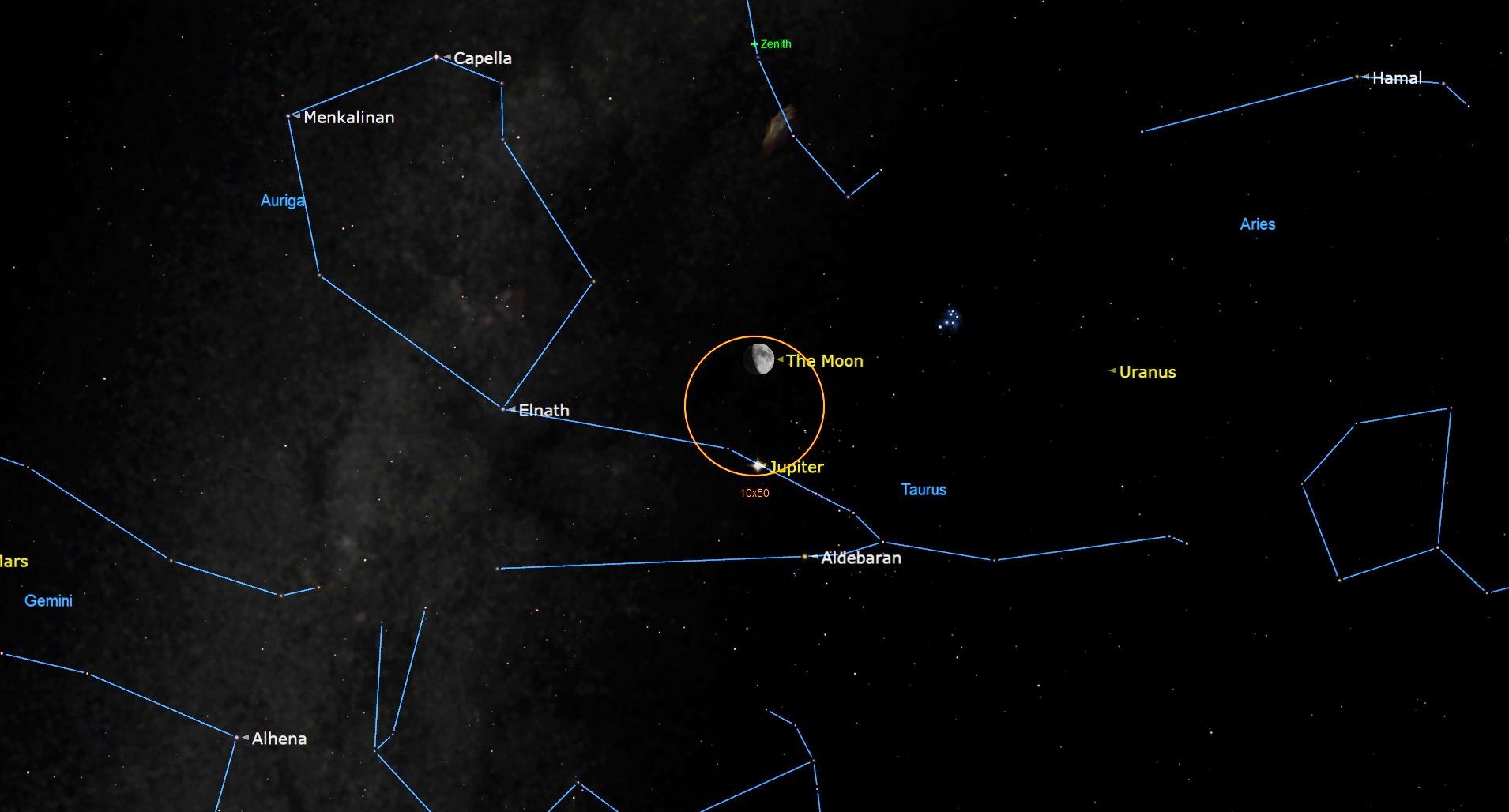
See the moon and Jupiter grab 'the Bull' by the horns this week
By Joe Rao published
Jupiter will also be accompanied by two naked-eye star clusters: the Pleiades and Hyades.
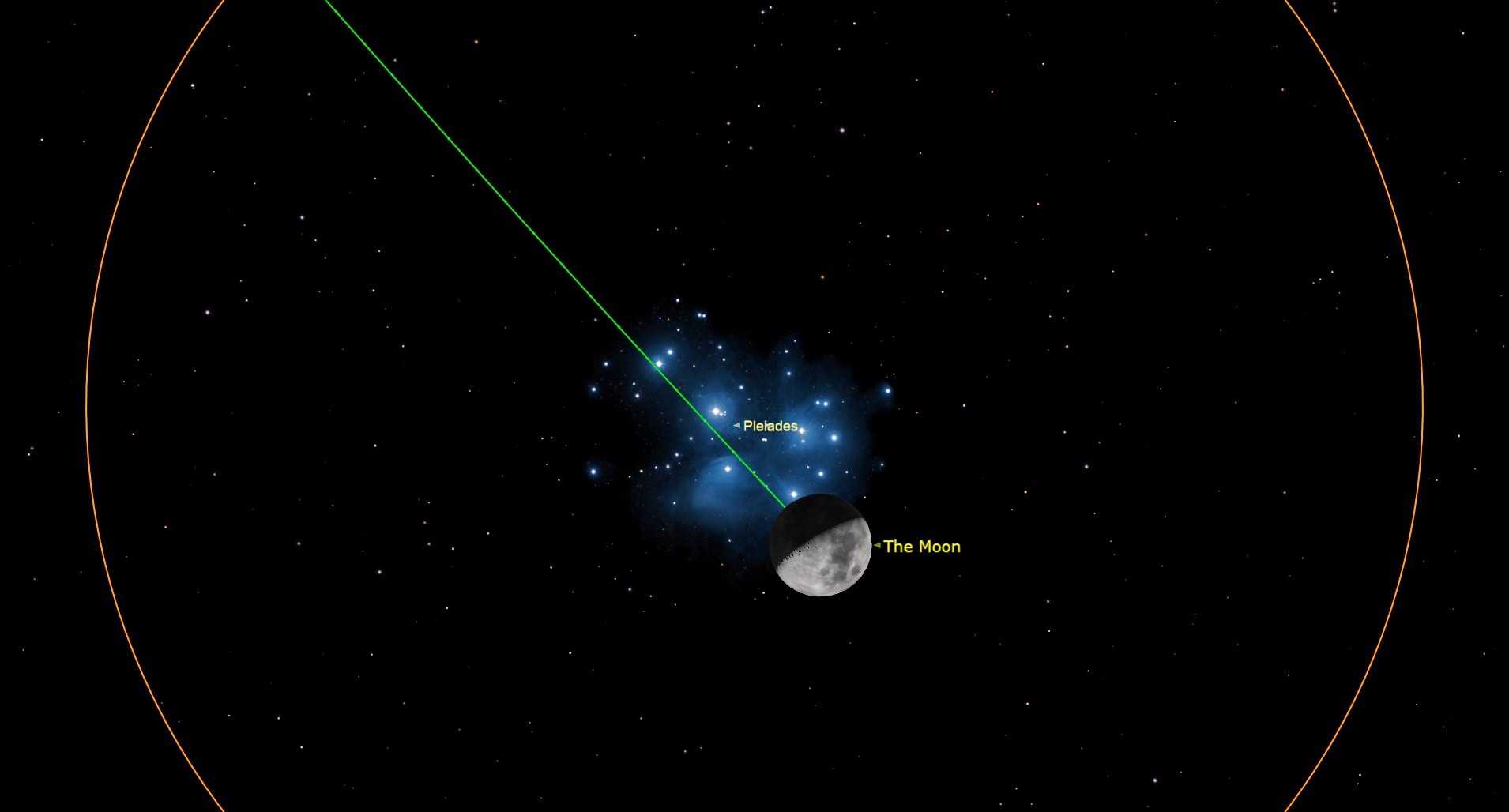
The moon will cover the Seven Sisters of the Pleiades this week. Here's how to see it
By Joe Rao published
On the night of Feb. 5, a waxing gibbous moon will once again cover up the "Seven Sisters" of the famous Pleiades star cluster.
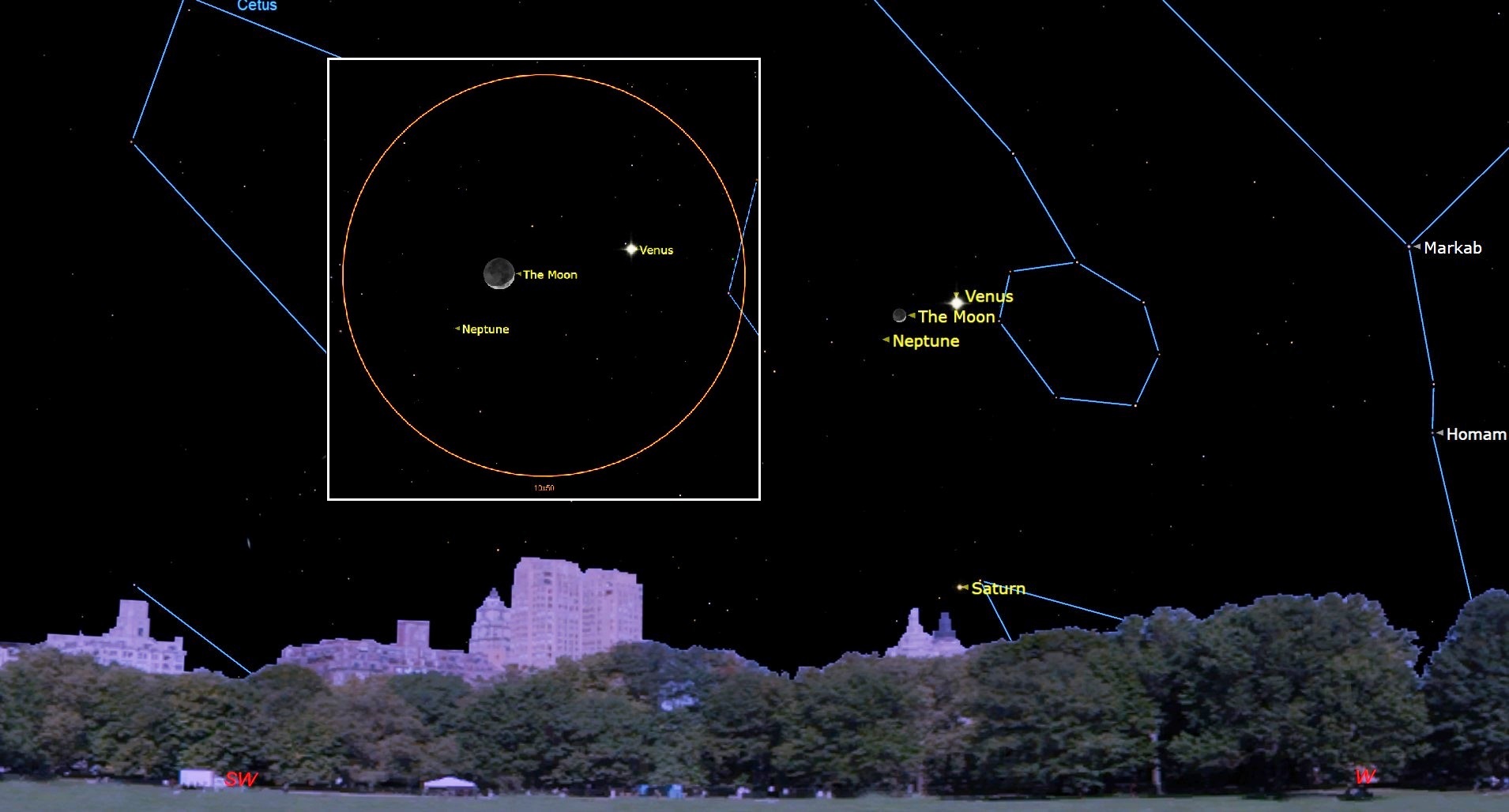
How to see Venus snuggle up to a thin crescent moon tonight
By Joe Rao last updated
On Saturday evening, February 1, a lovely crescent moon passes just to the left of Venus, which is now shining at the pinnacle of its brilliance.
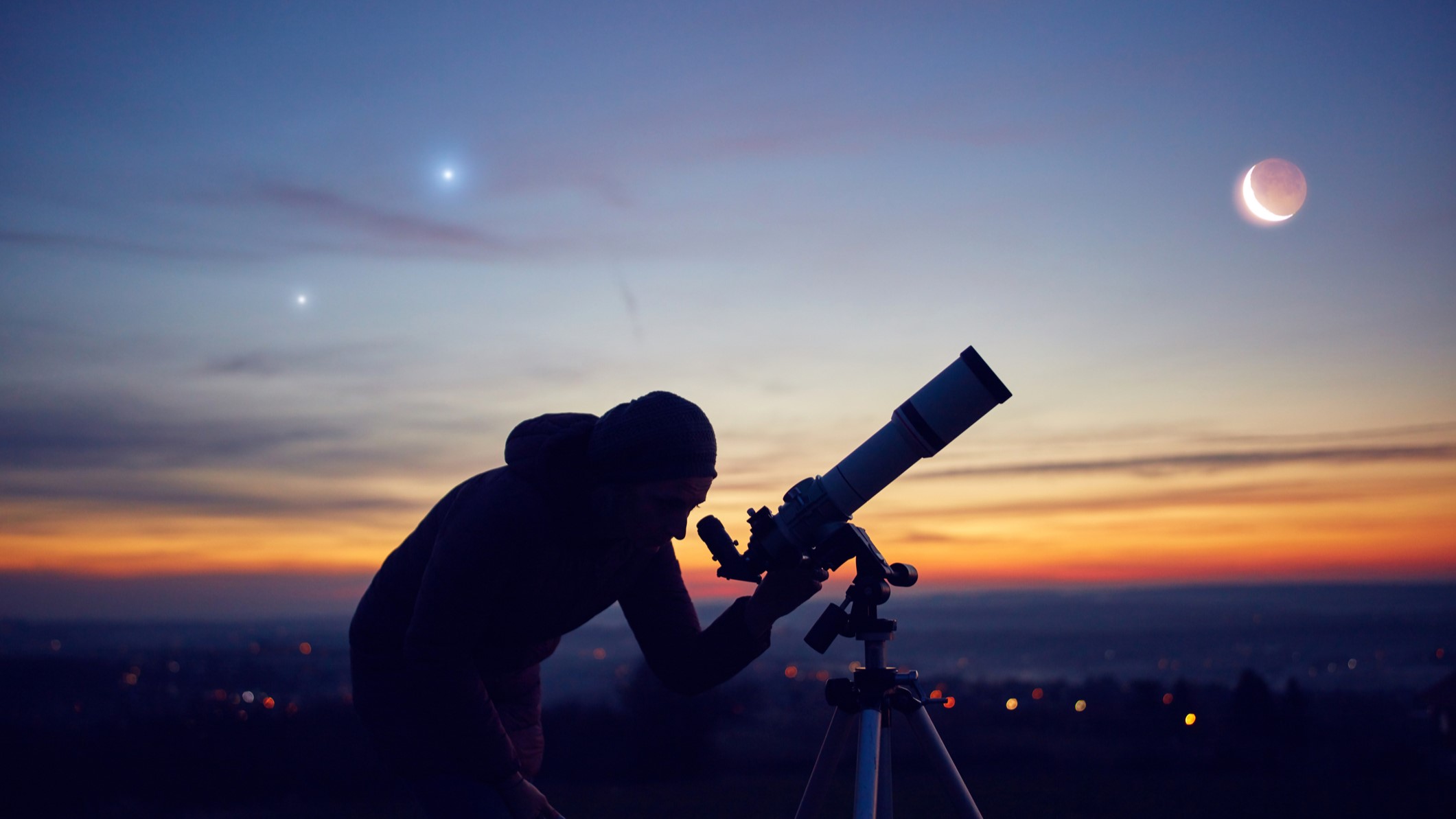
Planetary parade February 2025: When, where and how to see it
By Joe Rao published
February brings a rare planetary parade, with five bright planets in clear view and a special alignment of Mercury and Saturn on Feb. 24.
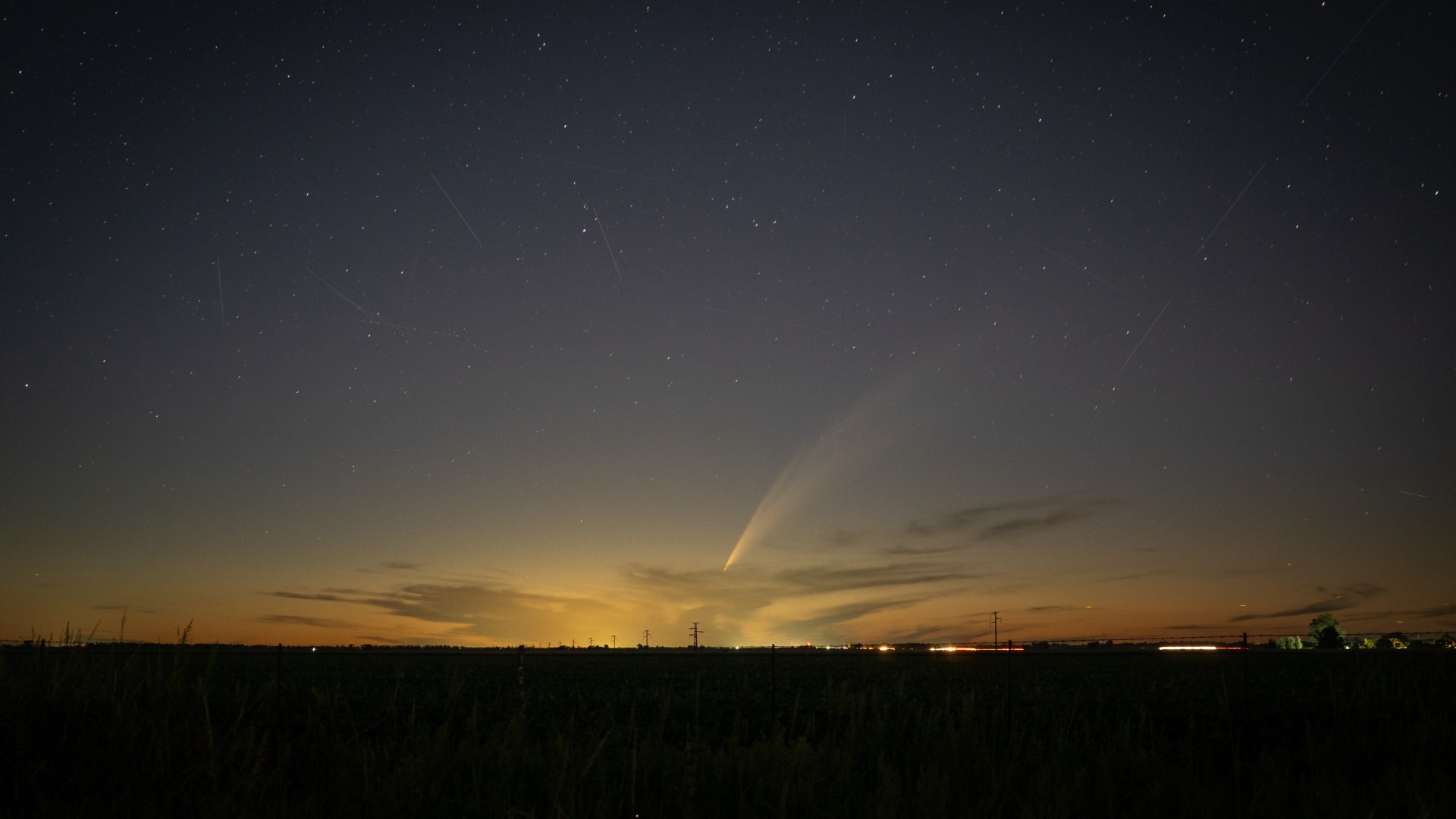
Why Comet G3 (ATLAS) will be 'remembered as the Great Comet of 2025' (photos)
By Joe Rao published
C/2024 G3 (ATLAS) is one of the few comets on record that became bright enough to be visible in the daytime without optical aid like binoculars or a telescope.
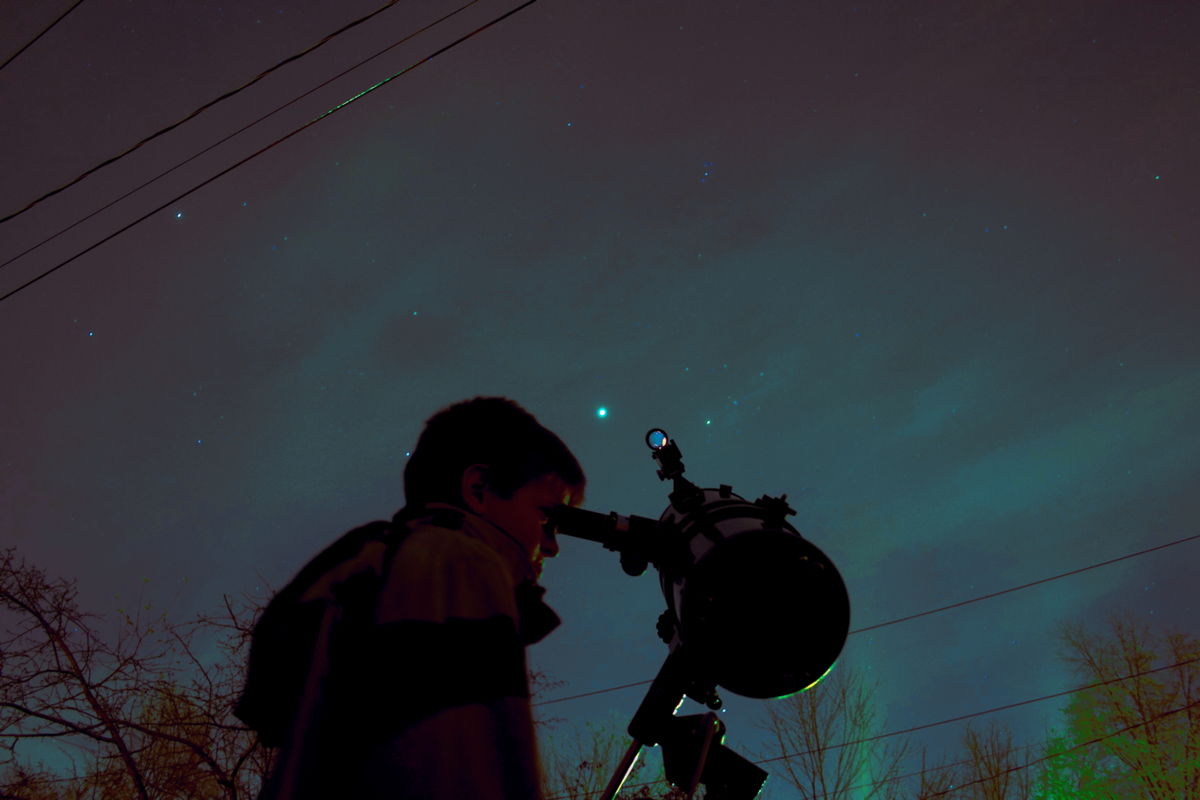
Thinking of Buying a Telescope? Here's Our Advice
By Joe Rao published
In some cases, binoculars are a better bet.
Get the Space.com Newsletter
Breaking space news, the latest updates on rocket launches, skywatching events and more!
